Water Purification Systems: Ionization
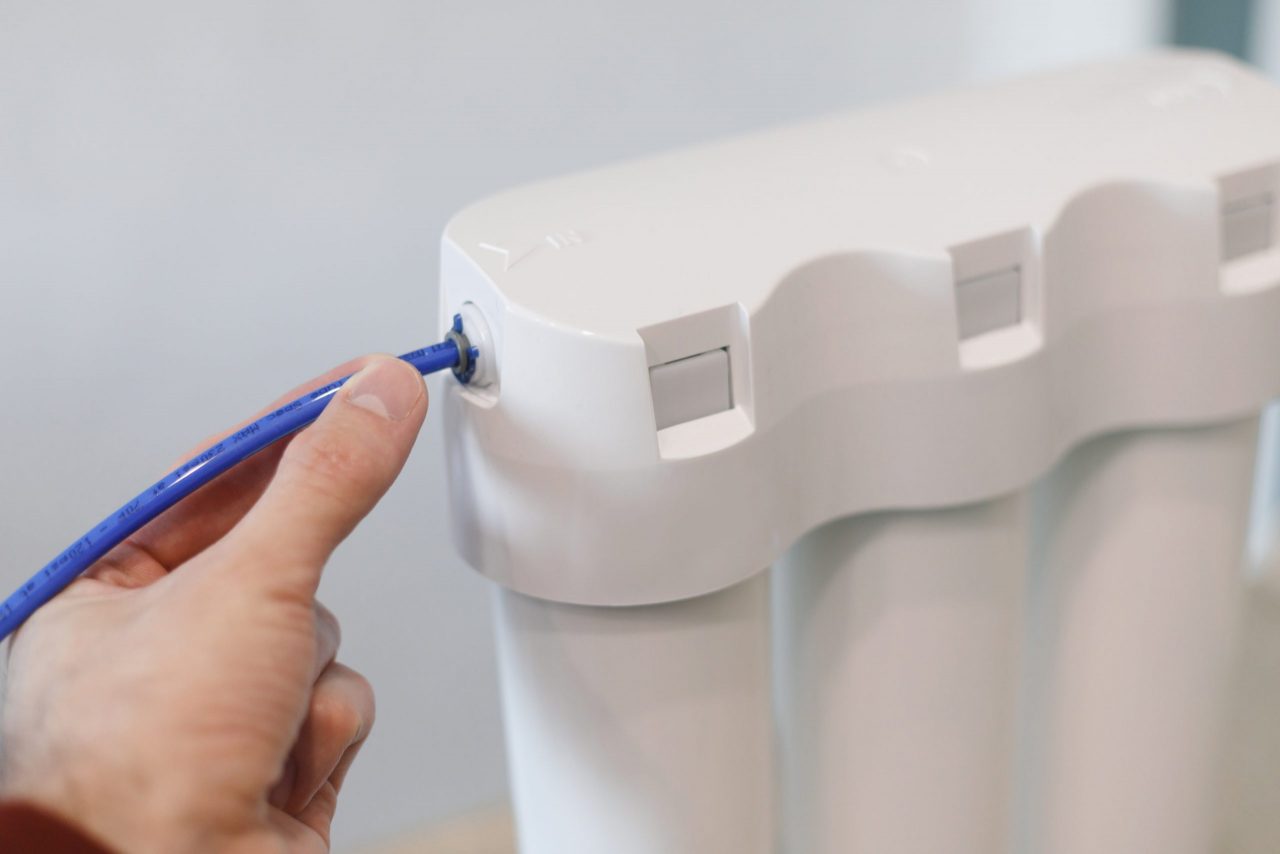
In any laboratory we require the use of drinking water to fulfill some basic functions within them, such as: repair solutions, safely wash laboratory materials, perform experiments; there are several processes that are carried out to obtain drinking and ultrapure water, some are used combined, however, one of those processes is the water purification system making use of deionization process, allowing to obtain water free of loose ions.
Importance of a spectrophotometer in a laboratory
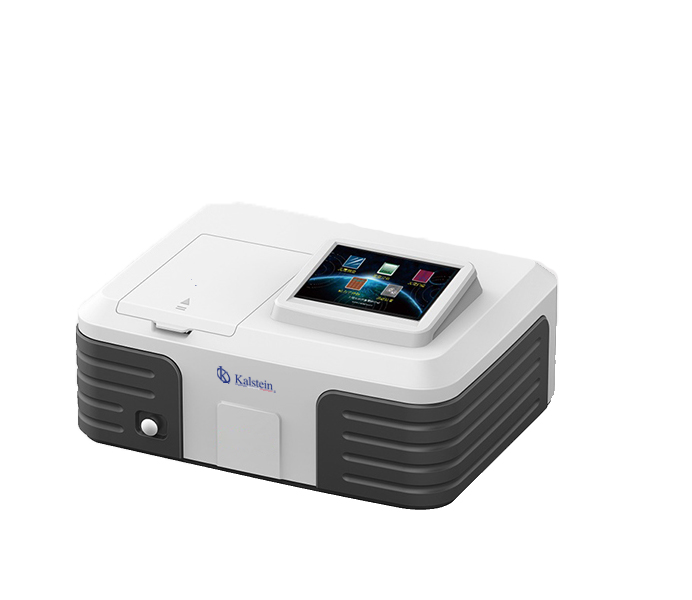
A spectrophotometer is an instrument widely used in laboratories to measure the absorbance of a sample, depending on the wavelength of electromagnetic radiation, and thus know the concentration of substances in a solution.
What is a laminar flow and biosafety hood?
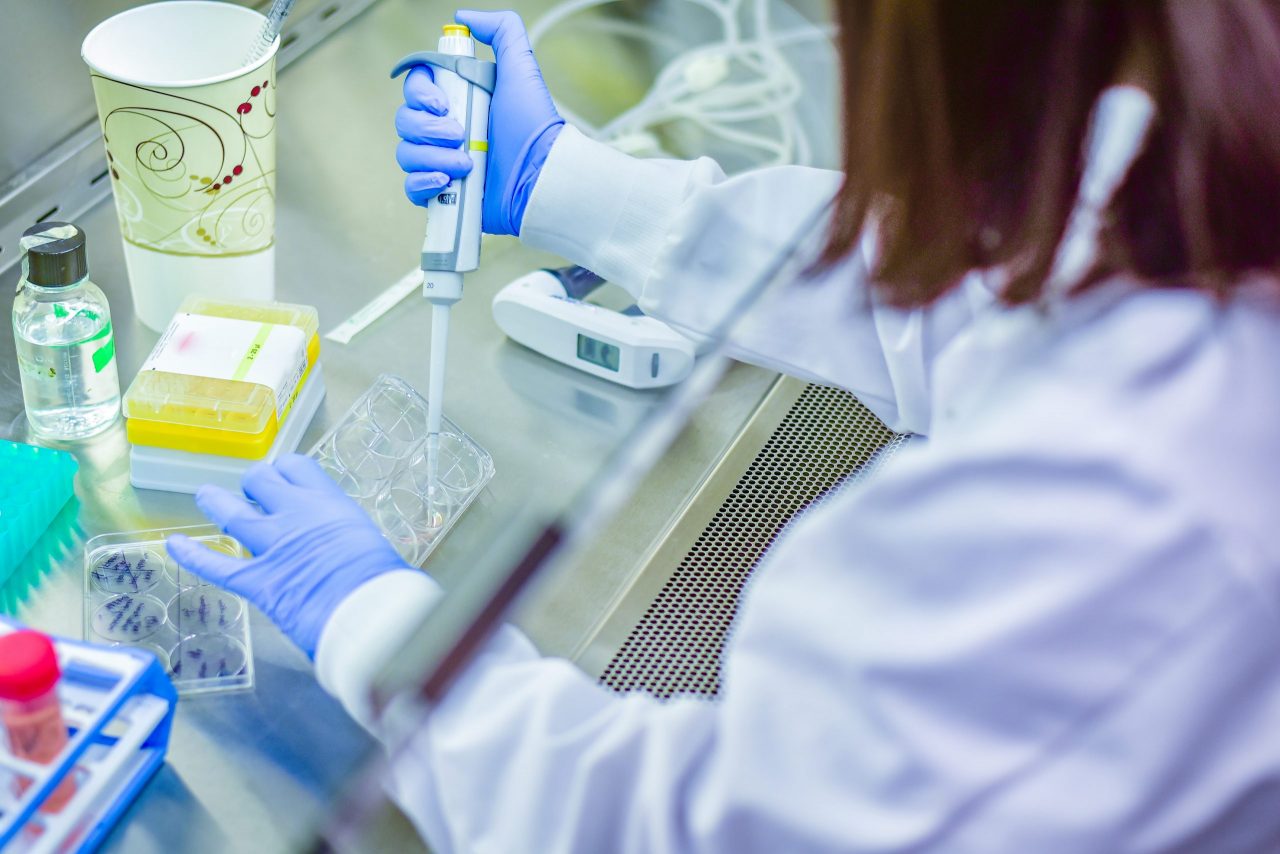
Laboratory hoods are equipment that allow maintaining the quality of the air in these spaces, preserving the reagents and samples used in them, as well as ensuring the integrity of the operator. Currently there is a wide variety of hoods and these respond to specific needs, so each one has a defined purpose.
Heating and Stirring Plates- Types And Uses
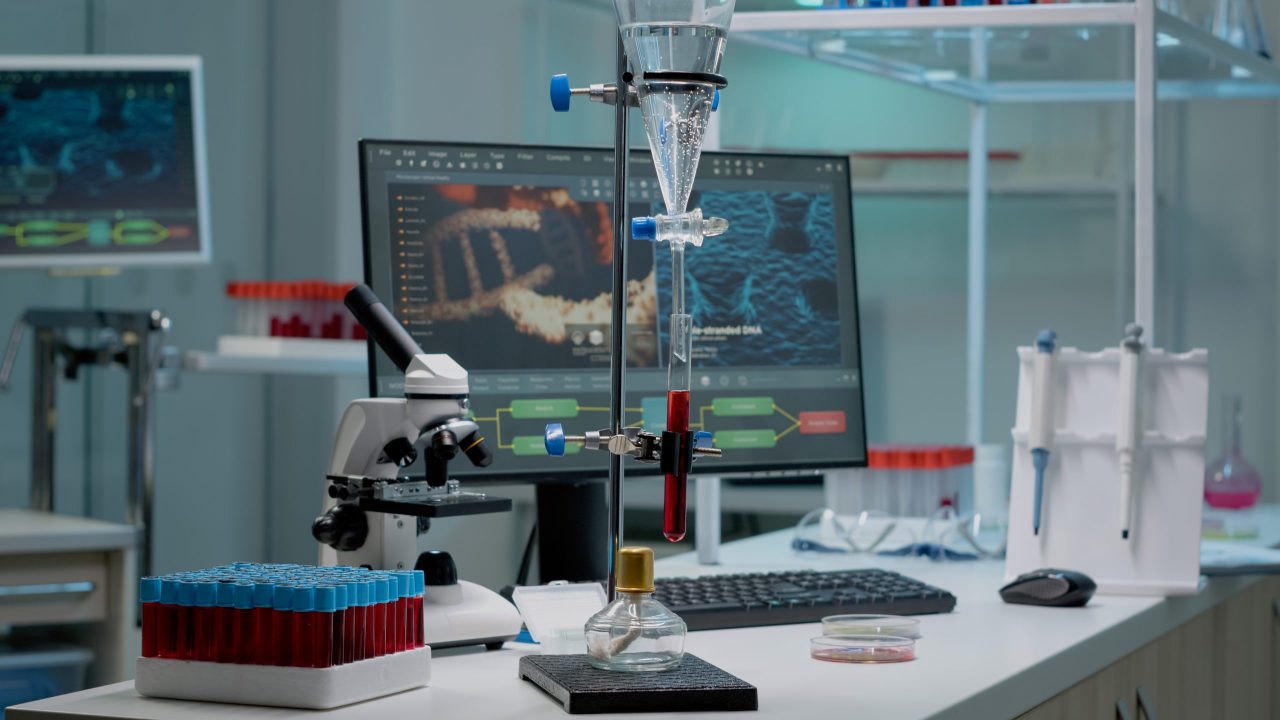
It is a laboratory equipment that adapts to multiple experiments that require temperature and agitation frequently used in laboratories; the magnetic stirrer with heating is an equipment that generates a magnetic field to achieve automatic mixing of solvents and solutes; accompanied by a heating plate, quickly reaching temperatures of up to 300°C.
Urine analyzers: what are they used for?
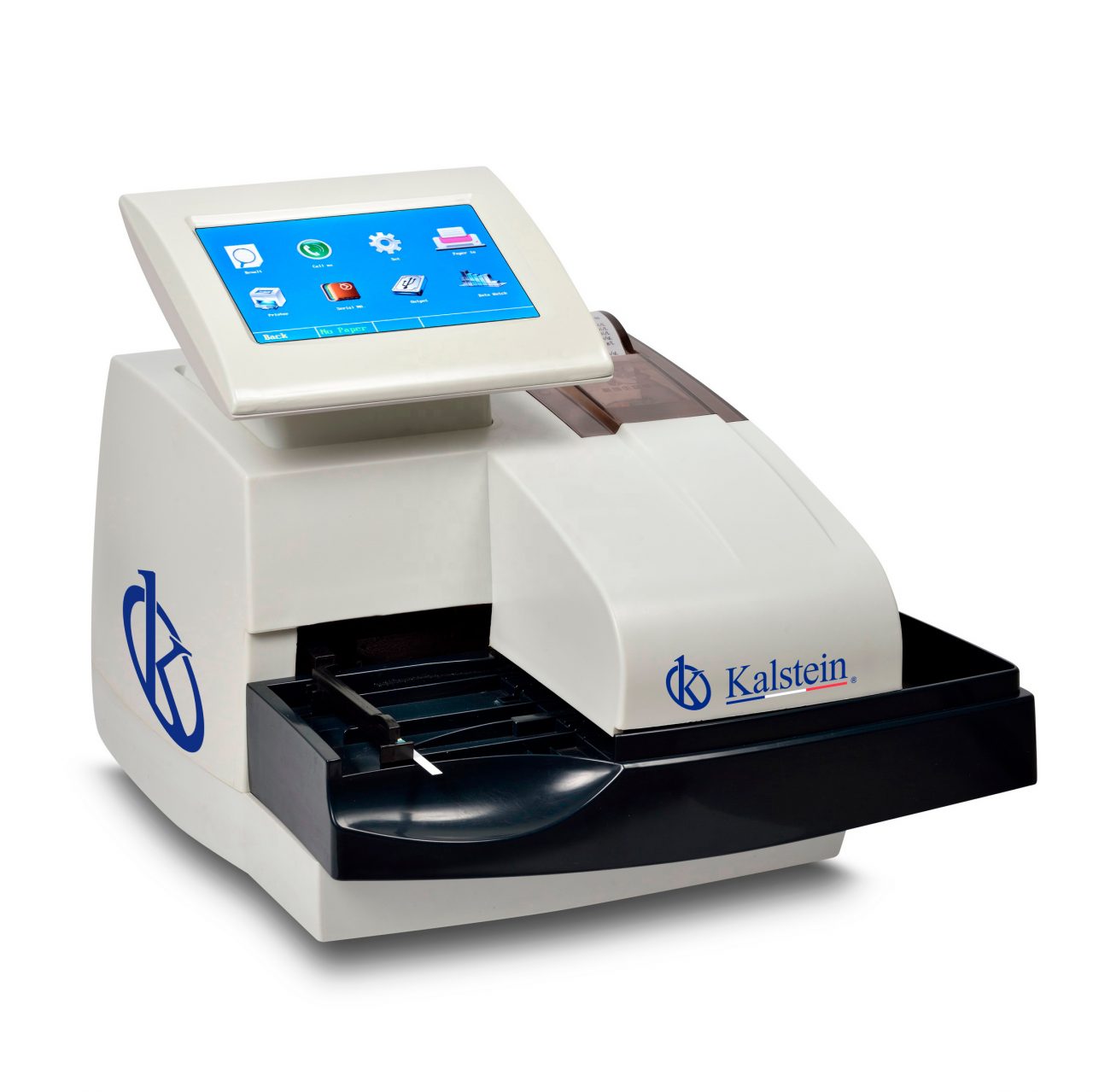
Urine analyzers are laboratory equipment that perform the automated analysis of several essential parameters of urine, allowing the detection of the presence of urinary tract infections, determination of pH, blood and protein loss, as well as evaluating the presence of analytes. such as glucose, ketone bodies, nitrites and bilirubin in urine.
Conductivity Meter: what is it?
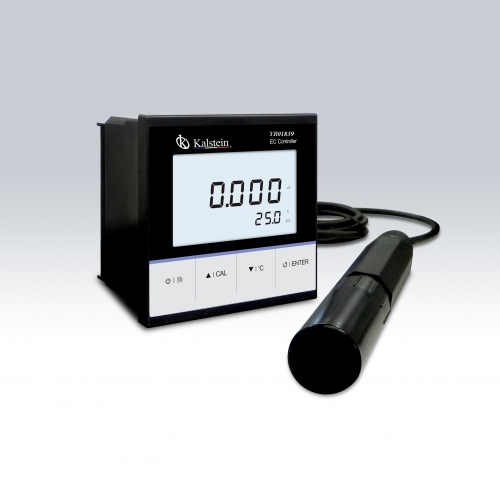
Conductivity is the ability of a material to conduct an electric current, that is, a measure of the total ionic concentration of a solution; the instrument used to know the conductivity or electrical charge in a body of water of natural origin is the conductivity meter and they are very common in any water treatment procedure or in environmental laboratories.
What are incubators used for?
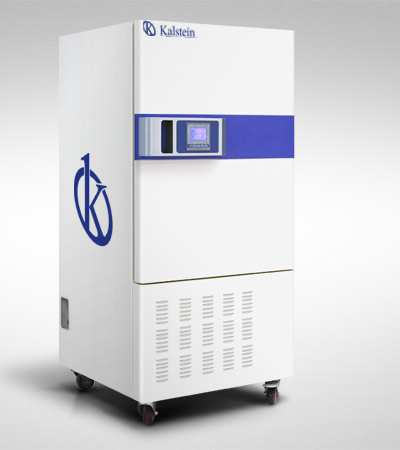
The laboratory incubator is specialized equipment capable of maintaining a space with stable controlled conditions, conditions such as temperature, humidity, oxygen and CO2. They are insulated containers with adjustable heaters.
What are deep freezers used for in a laboratory?
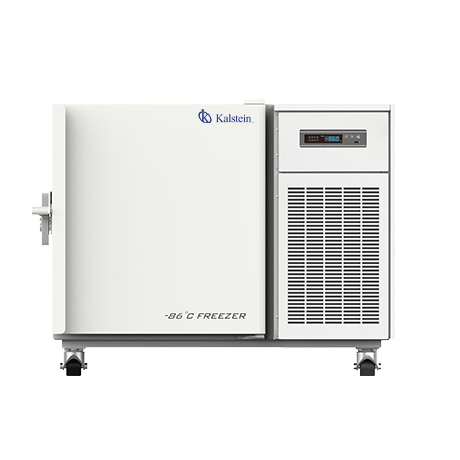
The deep freezers or freezers of laboratories are of low temperature, commonly of -80°C, they are presented in vertical and horizontal position, they have as a characteristic that they produce large consumptions of electrical energy, due to the low temperature of the ultrafreezer, but thanks to the updates theultrafreezers, their technological development as those produced in KALSTEIN consume less electrical energy.
What are refractometers used for in a laboratory?
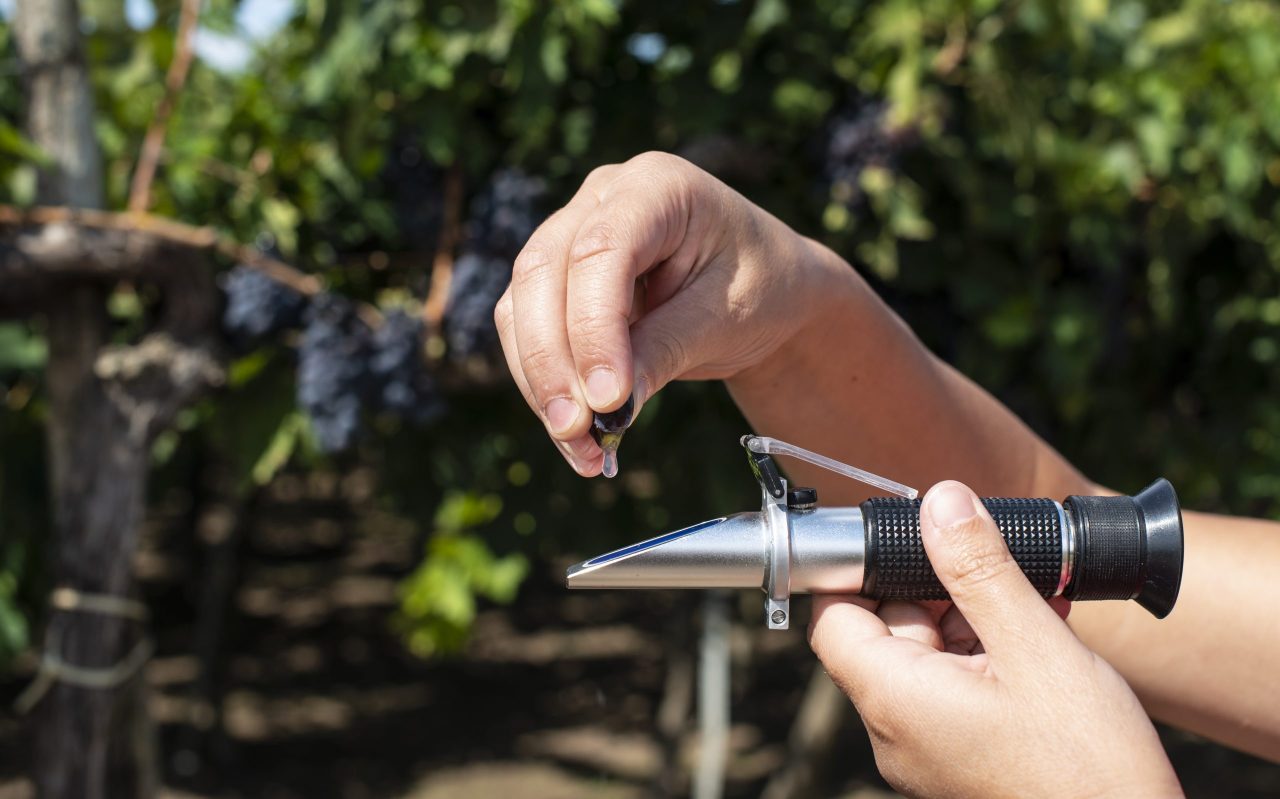
This device allows us to measure the density of liquids, gases and solids from the beginning of the refraction of light originating in the boundary layer between the prism and the sample; its main function is to analyze different substances present in a subject and identify each component to evaluate its degree of purity; it is an accurate optical instrument.
Automatic pipettes, how are they used?
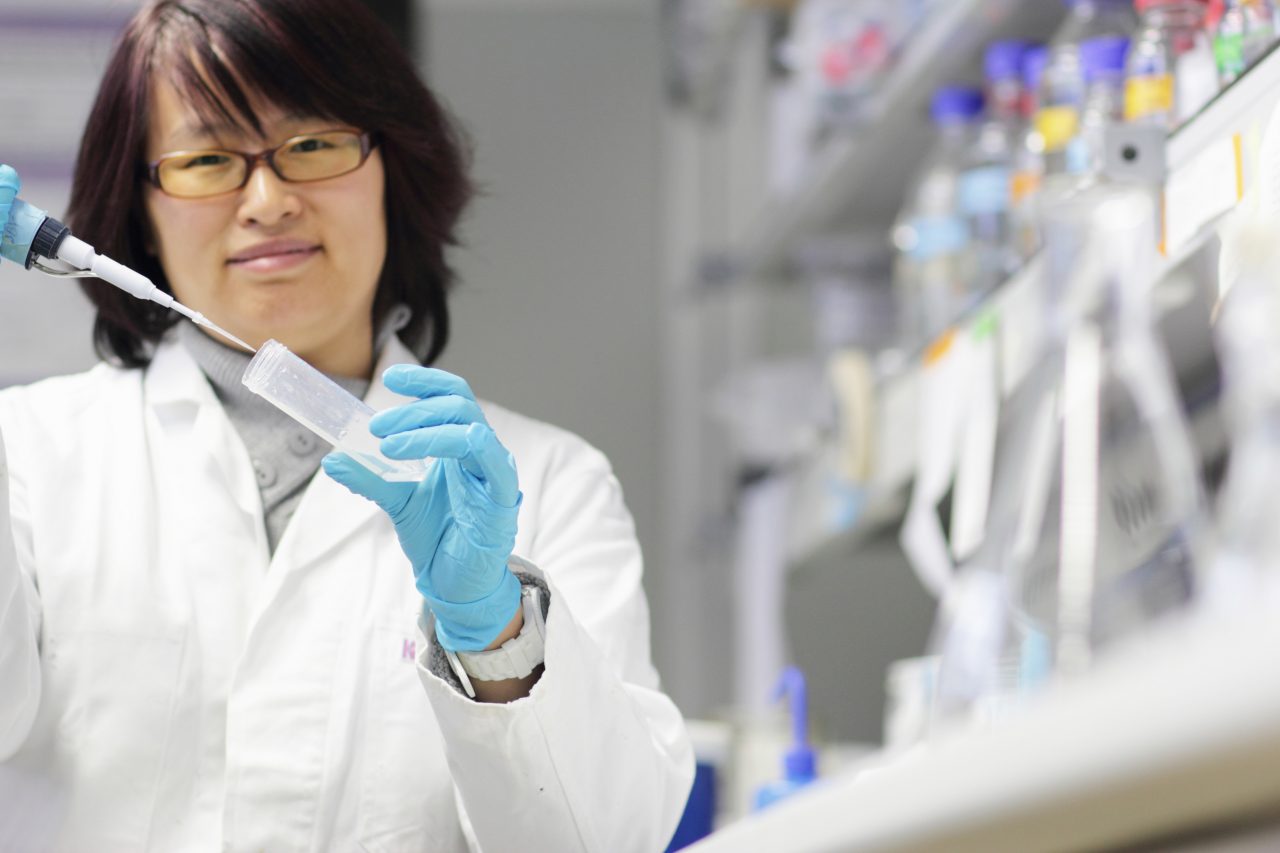
Automatic pipettes or micropipettes are laboratory instruments necessary to measure small volumes and transfer them from one container to another, the advantage of these automatic pipettes is that they can measure liquids with great accuracy, it is achieved by turning a wheel integrated into the pipette, and shows us the volume on the digital screen.
